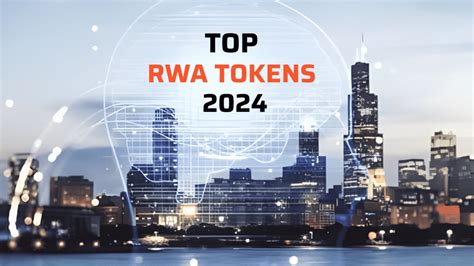“Crypto-centric Innovations: A Look at LayerZero and Its Impact on Digital Assets”
The world of cryptocurrencies has evolved rapidly in recent years, with new technologies and platforms emerging to disrupt traditional financial markets. One such innovation is LayerZero, a blockchain-based system that is revolutionizing the way digital assets are created, traded, and managed.
At the core of LayerZero is a unique approach to governance and ownership, facilitated by its governance token (ZRO). This token is designed to incentivize users to participate in the development and management of the platform, while providing a transparent and secure mechanism for stakeholders to control their assets.
What is LayerZero?
LayerZero is a Layer 1 blockchain network that allows developers to create and manage their own decentralized applications (dApps) without an underlying cryptocurrency. The platform architecture is built on Ethereum, providing a scalable and secure infrastructure for building complex dApps.
One of LayerZero’s key features is its ability to create “zero-aware” operations that allow users to perform actions on the blockchain without revealing their identity or information about their assets. This level of security and transparency is particularly attractive to users who value anonymity and want to control their digital assets.
Governance Token (ZRO)
At the heart of LayerZero’s governance model is its governance token, the ZRO. The token is designed to incentivize users to participate in the development and governance of the platform, while providing a transparent and secure mechanism for stakeholders to manage their assets.
Here are some of the key features of the governance token:
- Incentive: ZRO tokens are used to incentivize users to participate in the development and governance of the platform. Users who contribute to the development of new dApps, participate in governance discussions, or interact with other users on the platform will receive ZRO rewards.
- Decentralized Decision Making: The Governance Token is used to create a decentralized decision-making process on the platform. User suggestions are voted on using ZRO tokens, allowing all stakeholders to participate equally in shaping the direction of the platform.
- Security: ZRO tokens are designed with security in mind. They are created using a proof-of-stake (PoS) consensus algorithm that ensures that only users who contribute value to the platform have voting rights.
Impact on Digital Assets

The introduction of LayerZero and its Governance Token will have far-reaching implications for digital assets. By stimulating participation in the development and governance of the platform, ZRO has created a new paradigm for decentralized governance.
This approach is particularly attractive to traditional financial institutions, which are increasingly looking to adopt more decentralized and transparent models. In this context, LayerZero’s Governance Token offers a compelling alternative to traditional governance structures that often rely on centralized power brokers.
Furthermore, the introduction of Layer 1 scalability solutions like LayerZero has enabled digital assets to reach a wider range of users, including those who are not accustomed to using traditional cryptocurrencies. This is especially important in emerging markets or regions where adoption rates are lower due to lack of infrastructure and education.
Conclusion
LayerZero’s innovative approach to governance and ownership, facilitated by its Governance Token (ZRO), is revolutionizing the world of digital assets. By activating participation and creating decentralized decision-making processes, ZRO has created a new standard for decentralized governance.
